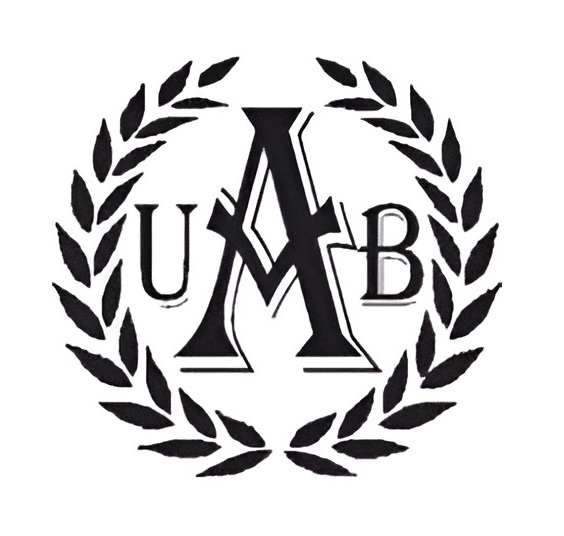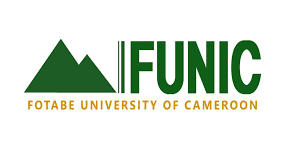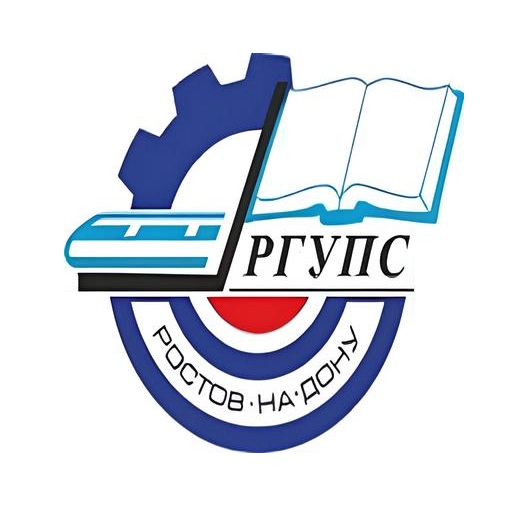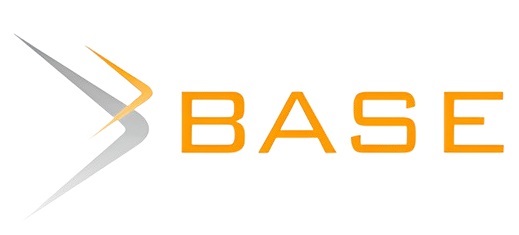Effect of Operation Assessment on Performance of State-Owned Sugar Firms in Kenya
Keywords:
Operation Assessment, Performance, State-Owned Sugar Firms, Supply Chain DesignAbstract
The primary goal of supply chain design is to improve service quality and interaction levels between service providers and customers. The purpose of this study was to examine the effect of operation assessment on the performance of state-owned sugar firms. The research employed a descriptive causal research design to provide a cause-and-effect relationship between the variables. The target population comprised all four operating state-owned sugar companies, namely Chemilil, Muhoroni, Sony, and Nzoia. The composition of the target population consisted of four factory managers, four finance managers, five hundred and twenty-four agricultural extension officers, four human resource managers, one hundred and eighty agricultural services personnel, and four strategy and planning managers, bringing the total target population to 720. The simple stratified purposive sampling technique was applied to obtain a sample of 325 respondents. The researcher used questionnaires for data collection. The analysis of the data was executed using descriptive and inferential statistics. Statistical Package for Social Sciences (SPSS) helped in the analysis. The data was organized and presented in tables. The hypothesis was tested at a 95% confidence level. The results indicated that operation assessment had a positive effect on the performance of selected sugar manufacturing firms in Kenya (t = 6.666, p<0.05). Simple regression helped determine the strength and direction of the relationship between the study variables. The study is of importance to potential investors and managers to help in policy formulation. It will also be of importance to academia, which will beef up the study, particularly in the manufacturing sector, and encourage further investigation in the area of performance based on supply chain design. The study recommended the need for managers to use proper data management approaches and tools, ensure timely access to relevant data, and ensure quality control and assurance of field tasks at all times in order to boost operational efficiency, which leads to the realization of profits in the manufacturing enterprise, especially the sugar manufacturing sector.
Published
How to Cite
Issue
Section
Copyright (c) 2024 Evans Wambasi Misiko, Dr. Fredrick Kiongera, Dr. Dishon Wanjere

This work is licensed under a Creative Commons Attribution-NonCommercial 4.0 International License.
Most read articles by the same author(s)
- Simiyu Bramwel Mbirira, Ben Oseno, Dishon Wanjere, Effect of Corporate Culture on the Performance of the Kenya Commercial Bank , African Journal of Empirical Research: Vol. 4 No. 2 (2023): Jul-Dec 2023
- Beryl Lihavi Aluvala, Charles. Y. Tibbs, Fredrick Kiongera, Effect of Provision of Non-Audit Services on Internal Audit Effectiveness in Public Technical and Vocational Education and Training (TVET) Institutions in Western Region, Kenya , African Journal of Empirical Research: Vol. 4 No. 2 (2023): Jul-Dec 2023
- Sheila Ayuma Shitsama, Fredrick Kiongera, Willis Otuya, Effect of Monetary Reward Strategies on National Police Service Delivery in Nairobi County, Kenya , African Journal of Empirical Research: Vol. 4 No. 1 (2023): Jan-Jun 2023
- Cosmas Rutto Cheptoo, Fredrick Kiongera, Reuben Kipkurui Rutto, Influence of Just-In-Time on Supply Chain Performance in Sugar Manufacturing Companies in Western Kenya , African Journal of Empirical Research: Vol. 5 No. 2 (2024): Apr-Jun 2024
- Juma Winnie Opisa, Evans Kwendo, Dishon Wanjere, Effect of Advertising Strategy on Performance of Construction Material Manufacturing Firms in Uasin Gishu County, Kenya , African Journal of Empirical Research: Vol. 5 No. 2 (2024): Apr-Jun 2024
- Robert Ouda Owuor, Fredrick Kiongera, Evans Kwendo, Influence of Electronic Payment on Business Efficiency in Petrol Stations in Nyanza Region, Kenya , African Journal of Empirical Research: Vol. 4 No. 2 (2023): Jul-Dec 2023
- Brigid Nekoye, Eglay Tsuma, Dishon Wanjere, Impact of Staff Training on Enhancing Innovative Work Behavior among Non-Teaching Staff in Public Universities in Western Kenya , African Journal of Empirical Research: Vol. 6 No. 2 (2025): Apr-Jun 2025
- Kisaka Juma Cleophas, Dr. Wycliffe Muli Maingi, Dr. Fredrick Kiongera, Influence of legal framework on own source revenue performance in Lake Region Economic Bloc counties, Kenya , African Journal of Empirical Research: Vol. 6 No. 4 (2025): Oct-Dec 2025























